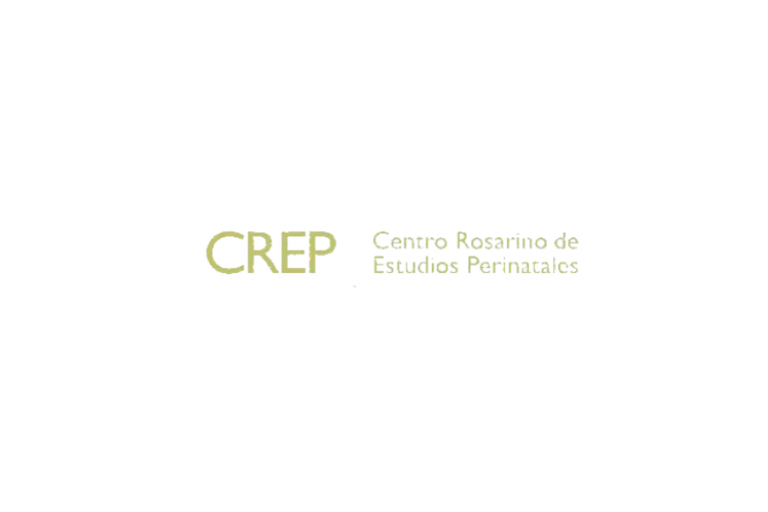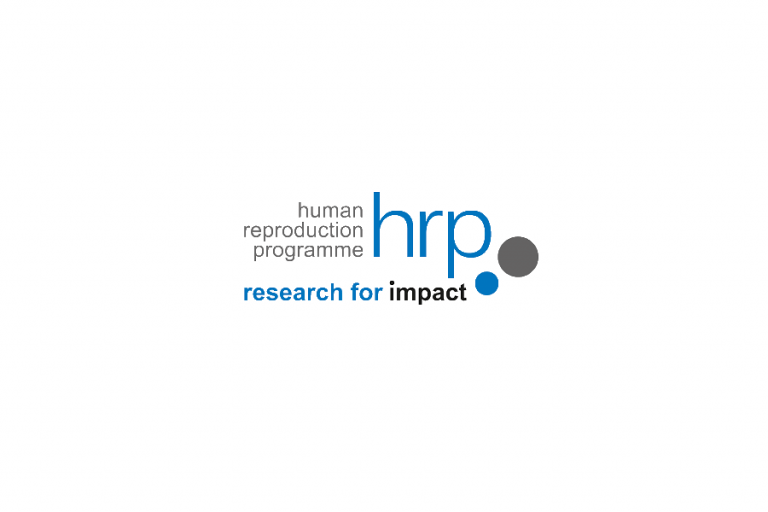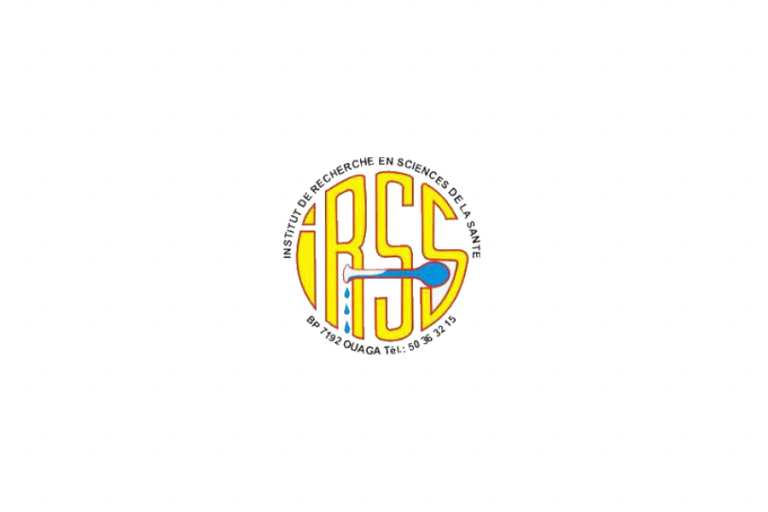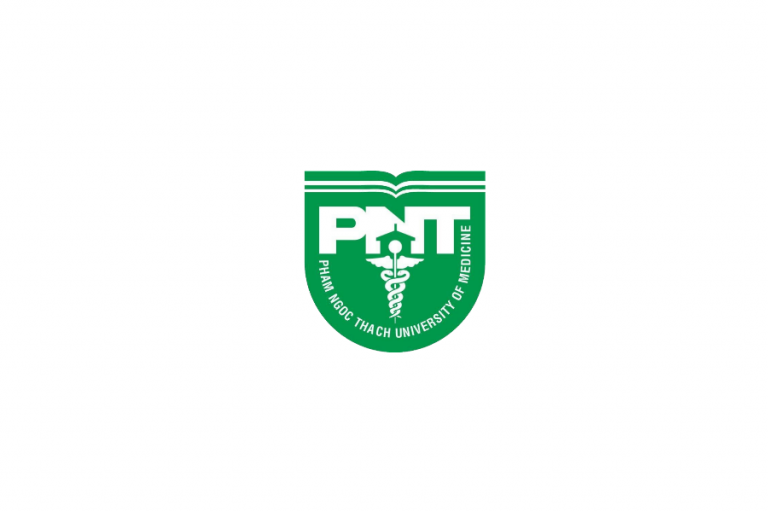You are health professionals :
to understand and advise your patients with effective decision support tools!
How to analyse your practice?
You are a doctor or midwife and you are wondering whether the practice of Caesarean sections in your health establishment is appropriate? Is the caesarean section rate in your establishment adapted to the characteristics of your patients? Is your practice in accordance with care protocols?
The QualiDec project provides you with several tools that will enable you to compare the practice of Caesarean sections in your hospital with other health care institutions and to check the relevance of the indications for Caesarean sections performed in your own department.


Compare my caesarean section rate
The World Health Organization has developed a platform to record online information related to Caesarean section practices in hospitals and feed a global database. If you would like to compare your hospital’s practice with other health facilities in your region or in other parts of the world, You can go to the platform by clicking on the link :
“Audit&feedback” approach
The review or “audit” of Caesarean section indications audit & feedback” is an approach that can be implemented by a team and not by one person alone. To conduct this audit, you can surround yourself with motivated colleagues from your department.
The aim of this approach is to get your colleagues to adopt evidence-based medical practices (care protocols) in order to decide on the most appropriate mode of delivery (caesarean section or vaginal delivery) according to the state of health of the mother and her child.


“Audit&feedback” approach
The audit of caesarean section indications consists of 5 steps:
- Identification of cases of caesarean sections carried out among low-risk women (groups 1 to 4 of Robson’s classification) whose conditions are a priori favourable for vaginal birth
- Collection of medical data from selected cases
- Analysis of the data, in particular on the relevance or appropriateness of indications for Caesarean section with reference to the corresponding care protocols
- Recommendations to avoid a Caesarean section in a similar clinical situation if the indication was deemed irrelevant
- Evaluation of the implementation of these recommendations.
To help you in this process, the Qualidec project team provides you with care protocols developed by the World Health Organisation. These protocols describe, in the form of decisional algorithms, the management of foetal heart rhythm anomalies or uterine contractions, which are the cause of a large proportion of caesarean sections performed during labour.
Testimonials
Feedback and testimonials to inform and enlighten you!


Health Professional Blog

👉 Event: WOMEN’S HEALTH CONFERENCE – UP cite – 24 au 26 SEPT 2025
The Quali-Dec team participated in the Women’s Health Conference: this third edition of the Women’s Health Conference (WHC) was held in Paris from September 24th to 26th 2025,

👉 Event: The QUALI-DEC General Assembly
was held in Barcelona from June 18th to 20th at the FCRI (Fundació Catalana per a la Recerca i la Innovació), bringing together all the

👉 Event: Quali-Dec teams presented the project results at the XLII SOGIBA International Congress in Argentina
Alexandre Dumont (scientific coordinator of the Quali-Dec project) travelled to join the Quali-Dec team from CREP (Centre Rosarino De Estudios Perinatales) in Argentina to present the project results
Our partners














